Xiaohui He
Advisor: Eduardo Aquino
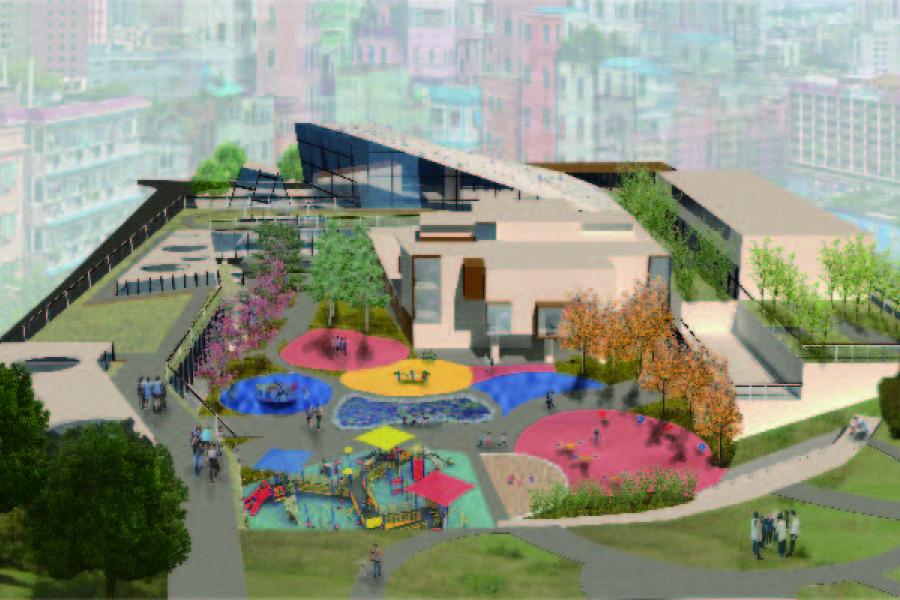
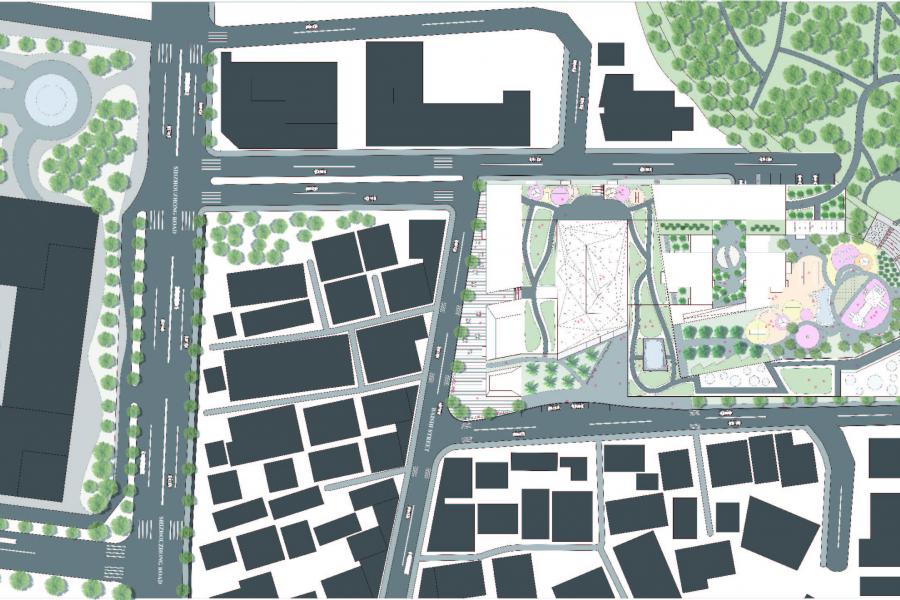
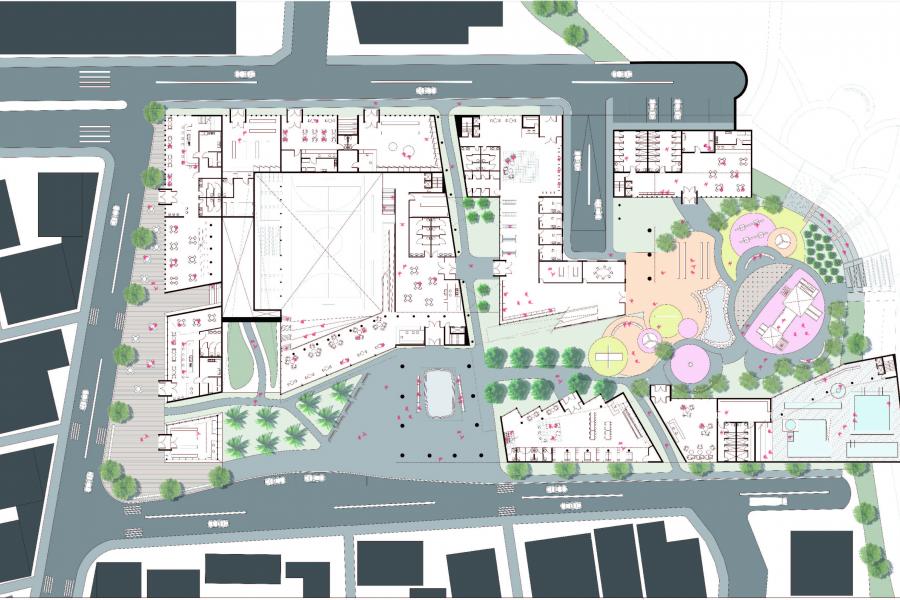
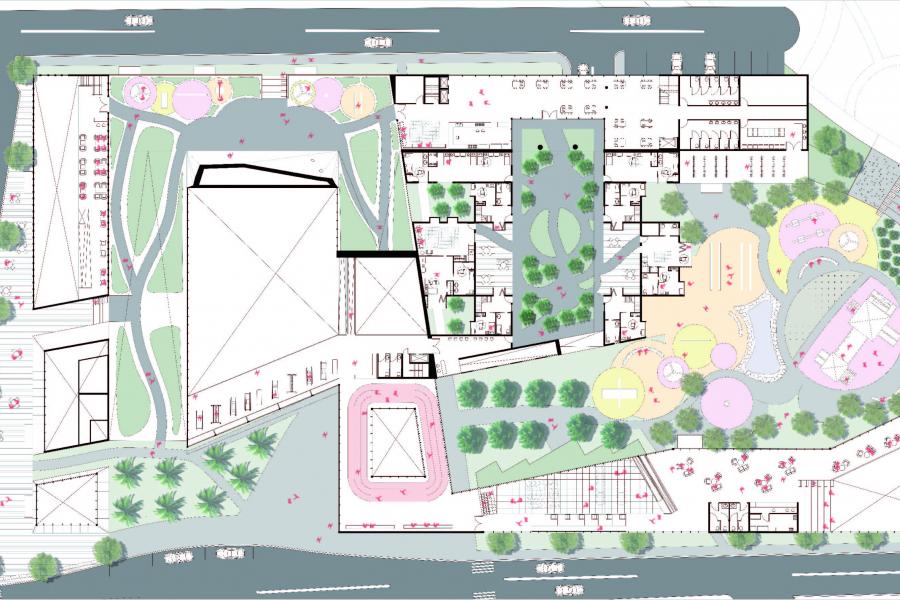
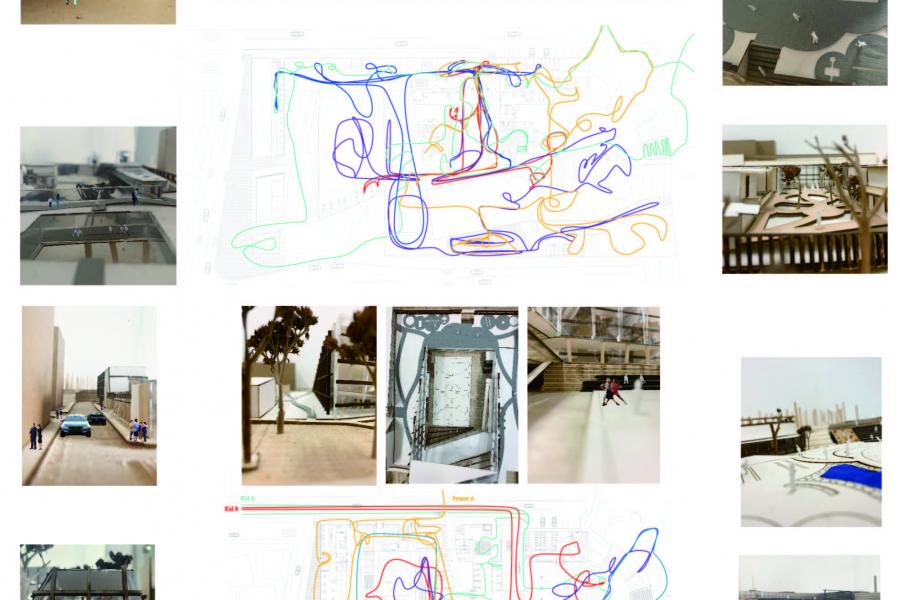
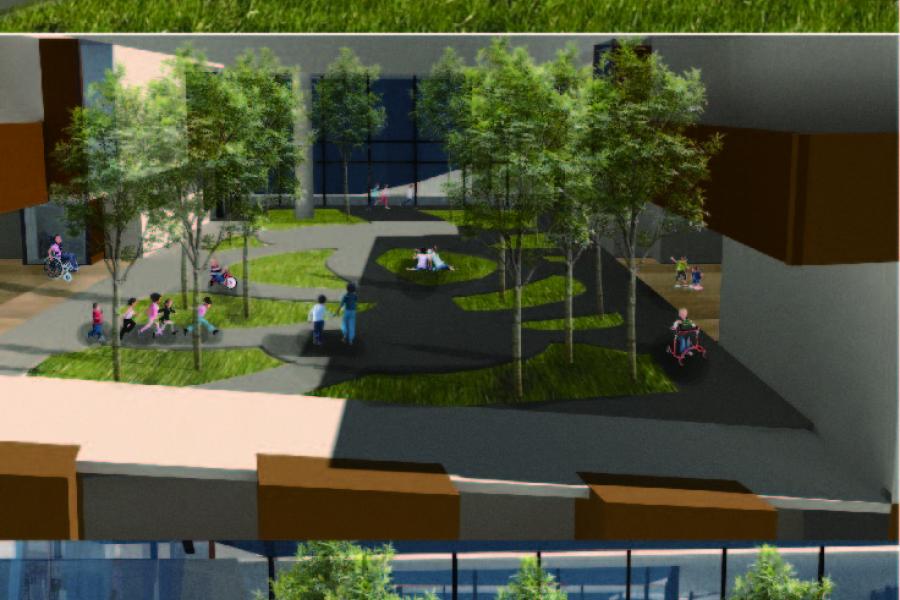
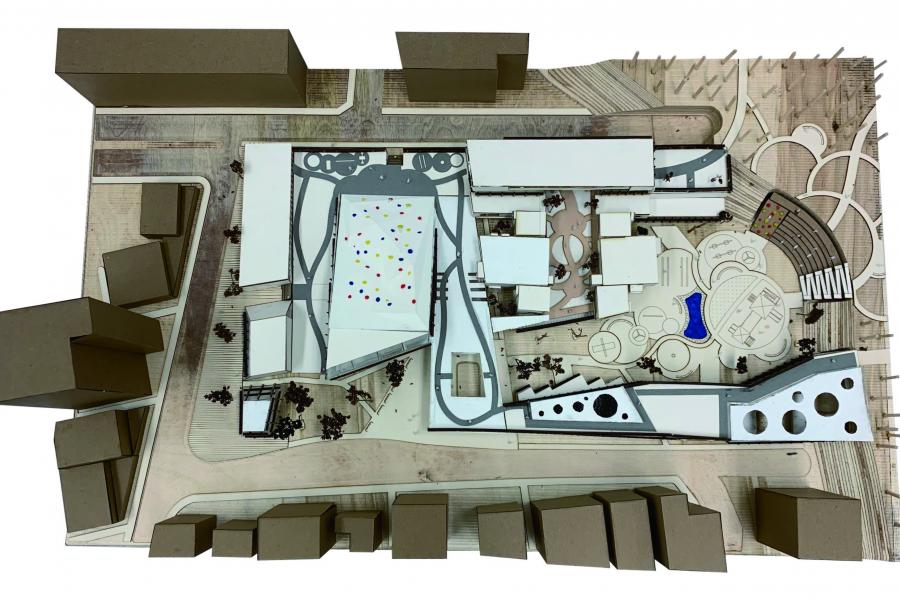
Rehabilitation Centre for Children
The term rehabilitation means the process of helping a person to readapt to society or to restore someone’s former physical, sensory, and mental conditions lost due to injury, illness, or disease. Rehabilitation includes assisting the patient to compensate for deficits that cannot be reversed medically. People that finished rehabilitation can be reintegrated back into society and feel comfortable again. Disabled children are the most vulnerable group. If one can not have a normal life from the beginning, it is even harder for the child to rehabilitate later in life. Architecture can be more than just its function, it can also be better integrated into the city. Rehabilitation combined with architecture will not only help the patients but will also help the city.
This thesis project is intended to design a rehabilitation centre for children to play and have fun, but as well as being an accessible building for the disabled to recover
through training and learning. Beyond the initial intention of designing a rehabilitation centre, the project will also intend to improve the urban conditions of the neighbouring context, bringing new energy and new elements to the site.
China has the biggest amount of disabled people in the world, at 82,950,000. The present infrastructure does not allow the disabled to partake in all the benefits of the city, which are often separated from the rest of the population. The specific site for the project is located in the region called Baishizhou, which is the biggest urban village in Shenzhen. People with low income, the disabled, the drug addictive and new immigrants from rural parts of the country live there. The village is typically residential, with restaurants, markets, shopping places, and other entertainment facilities. The rehabilitation centre won’t serve only the recovering people, but it will also contribute to the urban fabric of the village.
